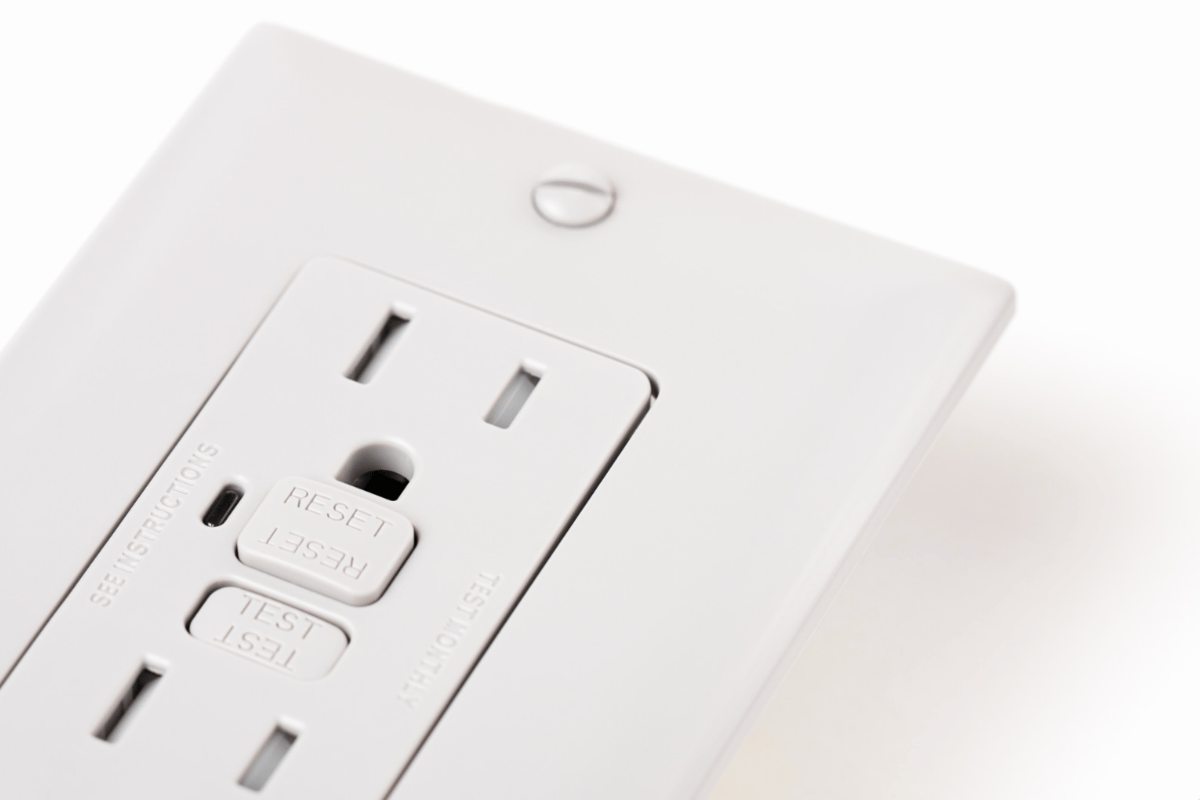As technology continues to advance, so do the electrical needs of our homes. From smart home devices to energy-efficient appliances, our daily lives rely on an increasing number of electronic devices that demand more power. The best way to keep up with these changes is to future-proof your home electrical system. This ensures your home stays safe, efficient, and ready for whatever comes next. In this guide, we’ll walk you through how to make sure your home electrical system is prepared for future growth.
Why Should You Future-Proof Your Home Electrical System?
With so many new technologies, it’s easy to overlook how much power they need. Our homes are filled with smart gadgets, home theaters, electric vehicles, and more. All of these things require a reliable and adaptable home electrical system.
Future-proofing your home electrical system means upgrading to handle the evolving power demands. This not only makes your home more efficient and safer, but it also adds value and prepares you for any new technologies. Here’s how you can get started.
1. Upgrade Your Electrical Panel
Your electrical panel is the heart of your home electrical system. If your panel is outdated or too small for your needs, it could be time for an upgrade. Modern electrical systems require more circuits and better capacity to handle the growing number of devices in our homes.
If you’ve ever had a breaker trip or lights flicker when you turn on multiple devices, it’s a sign your home electrical system might need to be upgraded. A panel upgrade is essential for handling increased loads, especially as you add new devices like smart thermostats, high-powered appliances, or electric vehicle (EV) chargers.
2. Install Dedicated Circuits for Heavy-Duty Appliances
High-powered appliances, like air conditioners, electric dryers, and ovens, require a dedicated circuit to operate safely. If you don’t have these circuits in place, your system could become overloaded, leading to electrical issues or even fires.
If you’re planning to install a new appliance, like a hot tub or even a portable gas generator, it’s wise to ensure it’s on its own dedicated circuit. This will help distribute power evenly across your home electrical system and prevent overloading circuits.
3. Support Smart Home Devices with Proper Wiring
Smart homes are no longer just a futuristic idea—they’re the norm. From automated lighting to smart security systems, your home electrical system must be ready to support these technologies.
Consider installing high-speed wiring, like Cat 5 or Cat 6 cables, throughout your home to support smart systems. These cables are perfect for data transfer, allowing your smart home devices to communicate effectively and run smoothly.
Additionally, you’ll want to ensure there are enough outlets and charging ports for all your devices. Having the infrastructure in place to support smart home technologies will help ensure your home electrical system stays up-to-date as new devices emerge.
4. Install Surge Protection for Electronics
Electrical surges can cause serious damage to electronics, especially during storms or power outages. To prevent this, you can install a whole-house surge protector, which acts as a barrier to protect sensitive electronics from sudden spikes in power.
By adding a whole-house surge protector, you’re ensuring that your devices—like computers, home theaters, and even smart home systems—are safe from damage caused by lightning or grid issues. It’s a simple step that can save you money in repairs or replacements, and it will protect your home electrical system in the long run.
5. Prepare for Electric Vehicle (EV) Charging
As electric vehicles become more popular, it’s essential to have a charging station at home. Installing an EV charger in your garage or driveway means you can easily charge your vehicle without needing to rely on public charging stations.
Before installing an EV charger, you’ll need to make sure your home electrical system can handle the added demand. You might need to upgrade your electrical panel to accommodate the charger and ensure your home has enough power to safely run your vehicle and other appliances.
6. Switch to LED Lighting
LED lighting is not just energy-efficient, but it also lasts longer and requires less maintenance. By switching to LED bulbs, you’ll reduce your electricity bill and your home’s overall energy consumption.
You can further enhance energy savings by using smart lighting systems that let you control your lights remotely, set timers, and adjust the brightness based on your needs. LED lighting can also be integrated with smart home systems for convenience and efficiency, all while being kind to your home electrical system.
7. Add Backup Power with a Generator
Power outages are inevitable, and when they happen, they can leave you without power for hours or even days. Having a backup generator can provide you with peace of mind, especially if you rely on electricity for medical devices or refrigeration.
Consider installing a portable gas generator or a whole-house generator. These backup power solutions can keep your home running when the grid goes down, ensuring that your essential systems continue to operate without interruption and supporting your home electrical system‘s reliability.
8. Ensure Proper Grounding for Safety
Proper grounding is crucial for the safety of your home electrical system. It directs excess electrical current to the ground, preventing shocks or fires. Older homes often lack proper grounding, so it’s important to have your system inspected by a professional.
A licensed electrician can help with grounding upgrades to ensure your home is up to code and safe from electrical hazards. Proper grounding not only prevents accidents but also enhances the overall safety of your home electrical system.
9. Plan for Future Expansion
As you add more devices or appliances to your home, your electrical needs will grow. That’s why it’s important to plan ahead. By installing extra outlets, upgrading your electrical panel, and ensuring that you have enough capacity for future expansion, you’ll be ready to handle whatever comes next.
When you work with a professional electrician, they can help design a system that meets both your current and future needs. This forward-thinking approach will save you time and money in the long run, ensuring your home electrical system remains adaptable.
Conclusion: Stay Ahead of the Curve
Future-proofing your home electrical system is an investment that pays off in both convenience and safety. By upgrading your electrical panel, supporting smart home technologies, installing surge protection, and preparing for the electric vehicles of tomorrow, you’ll ensure that your home is ready for the future. Whether you’re preparing for new appliances, better energy efficiency, or a smarter living environment, making these updates will keep your home safe and efficient for years to come.
If you’re ready to future-proof your home electrical system, it’s time to get in touch with a licensed electrician who can assess your needs and recommend the best upgrades for your home.









